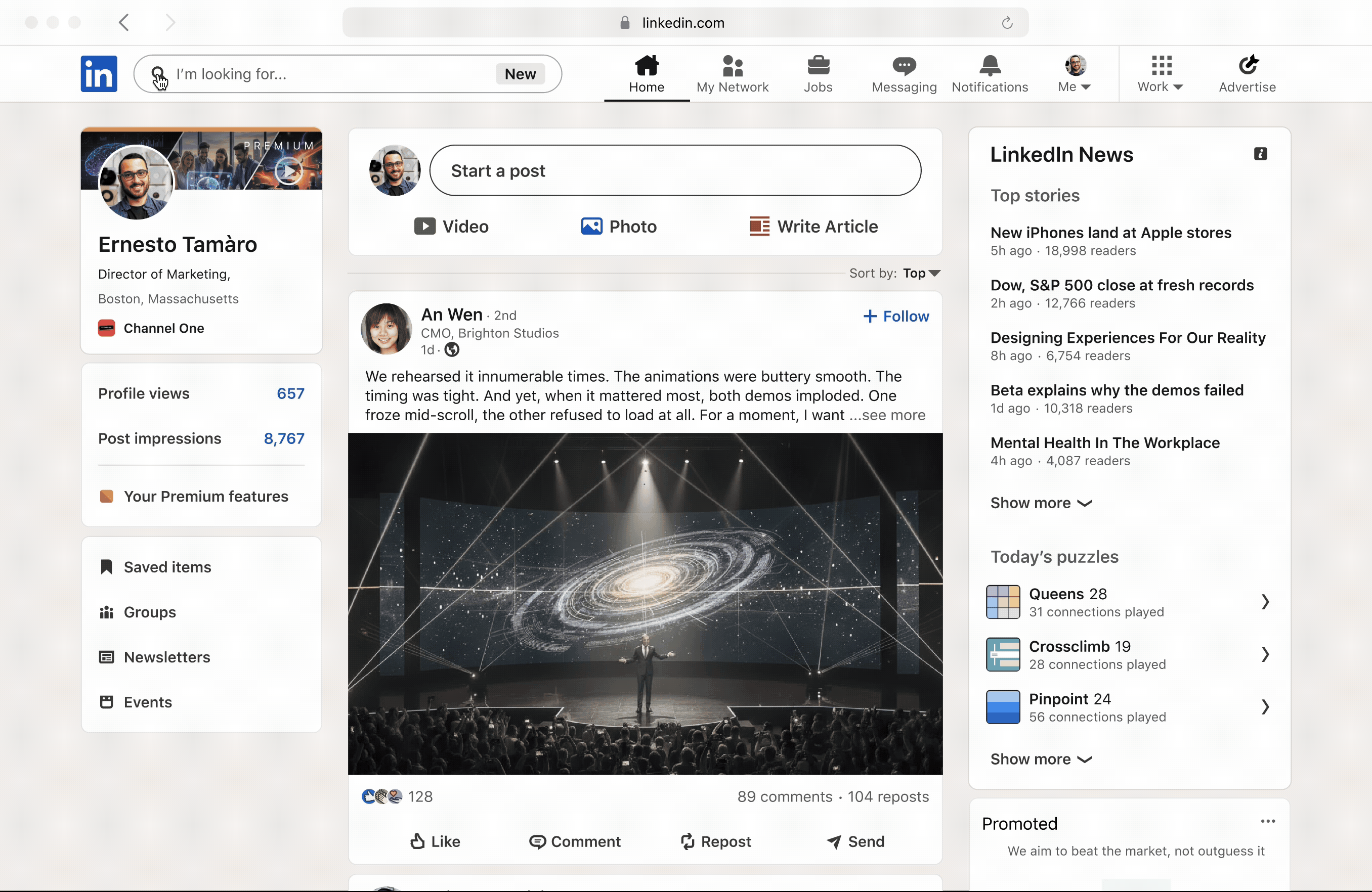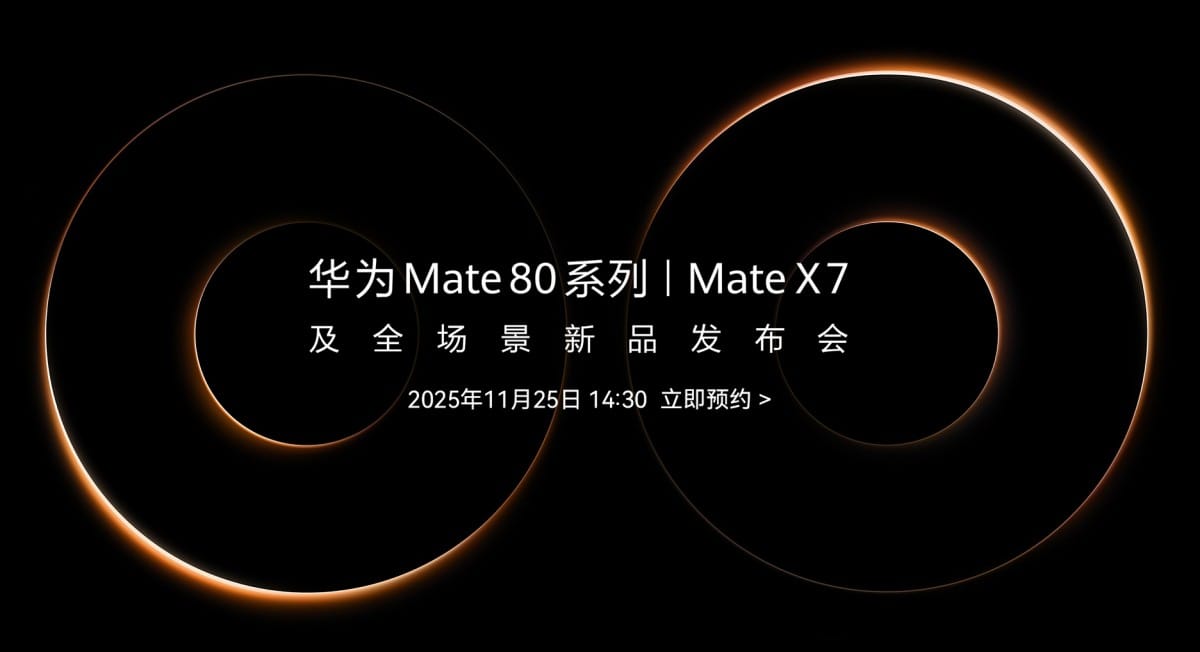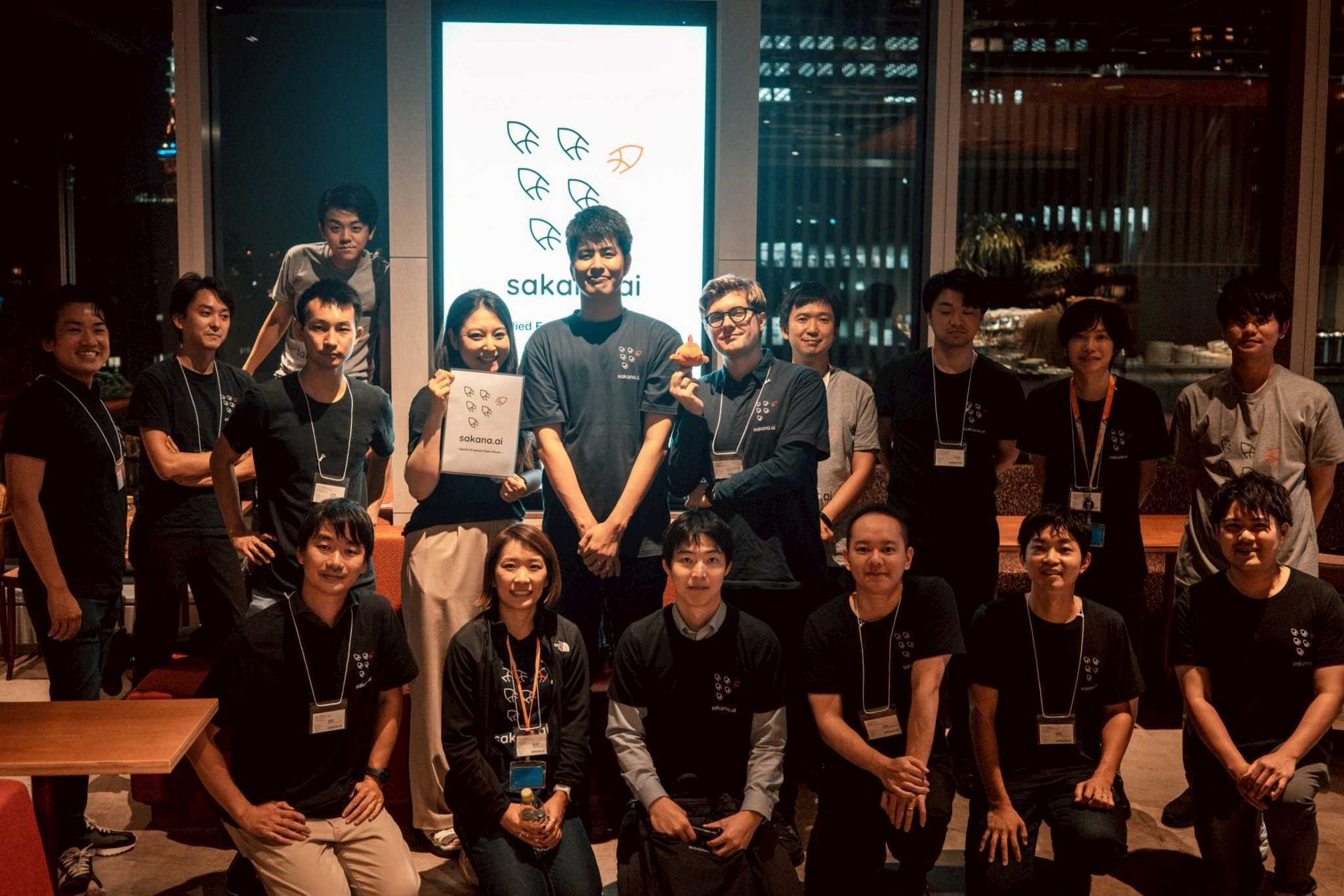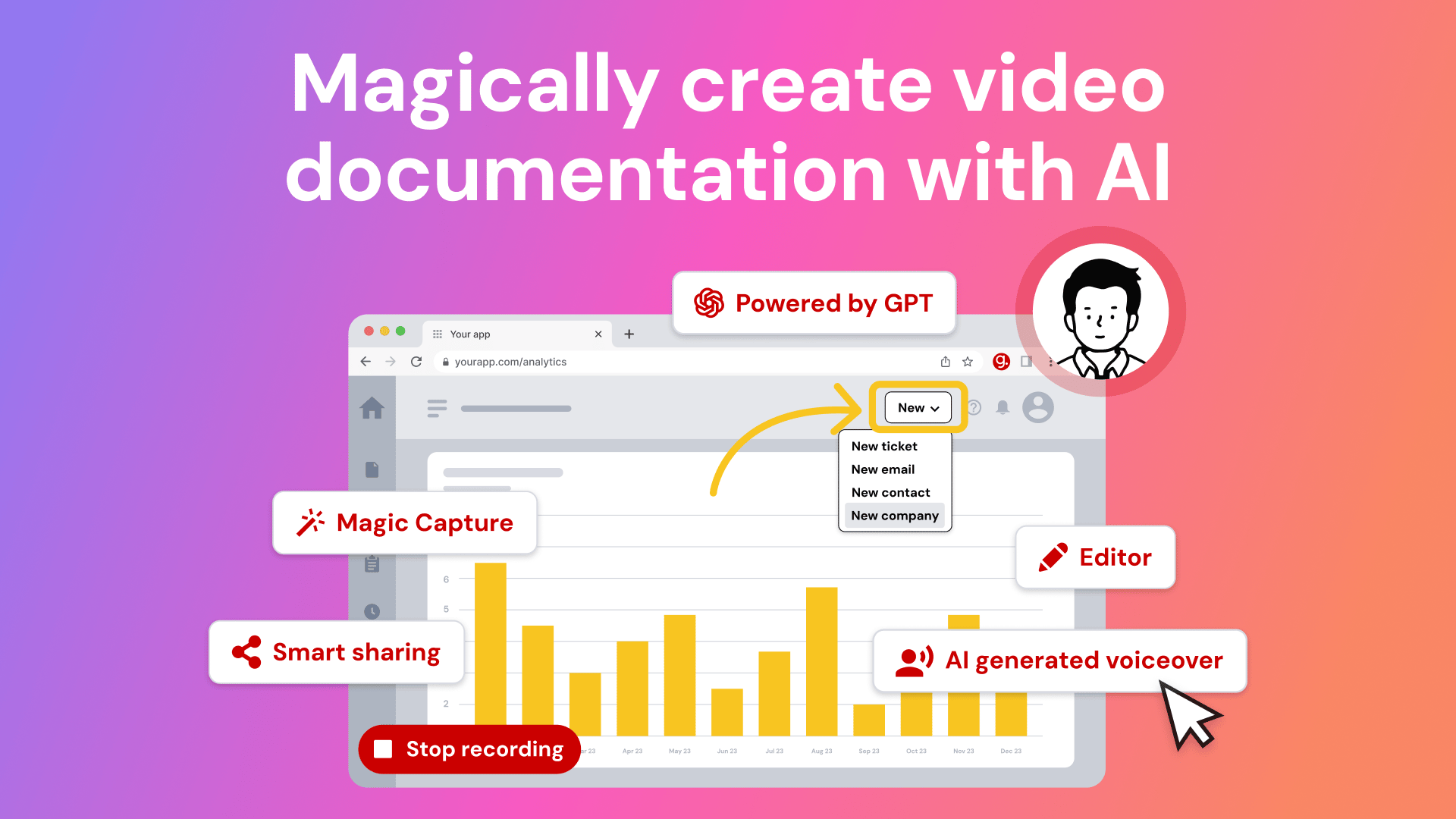- Tech Barista
- Posts
- LinkedIn launched AI-powered people search
LinkedIn launched AI-powered people search
A giant 1 gigawatt data center could anchor OpenAI’s global expansion while powering growth in its second largest market
☕ Good morning,
Today might be a good day to notice where you're forcing people to adapt to your tools instead of adapting your tools to people. The gap between "technically works" and "feels right" is where good products live, and we're just starting to see AI companies figure that out.
—Here’s to the first sip.
TODAY IN AI
LinkedIn rolls out AI-powered people search

Image: LinkedIn
LinkedIn is finally giving its search bar some real brains. After adding AI to posts, job tips, and hiring tools, the platform is now rolling out AI-powered people search, and it basically lets you look for someone the way you’d naturally describe them.
So instead of messing with filters or trying to guess job titles, you can type things like “Find me investors in healthcare with FDA experience” or “Show me people who co-founded a productivity startup in NYC.” The AI does the heavy lifting and tries to understand the intent behind what you’re asking.
LinkedIn says early users are using it to find mentors, job leads, or people who can help with career moves. It makes sense that the old search felt like wrestling with filters, and if you didn’t know the exact title, the right person stayed hidden.
The feature isn’t perfect yet. Queries like “co-founded a YC startup” don’t always act the same as “Y Combinator,” and sometimes the results get confused by badges or keywords. LinkedIn says it’s improving how the tool interprets complex phrases.
For now, AI search is rolling out to Premium users in the US, with more countries coming soon. If you see “I’m looking for…” in your search bar, you’ve got it. It’s a small change, but it makes finding the right person feel a lot more natural.
TECH BARISTA
ChatGPT finally stops overusing em dashes
OpenAI finally fixed one of the funniest habits ChatGPT has had for way too long. You know that thing where it keeps throwing em dashes into every sentence, even when you explicitly tell it not to? Yeah, that’s finally gone.
People have been calling the em dash the “ChatGPT hyphen” because it kept showing up everywhere. School essays, emails, LinkedIn posts, customer support chats if ChatGPT touched the text, you could almost guarantee there’d be an em dash hiding somewhere.
Some folks defended it, saying they’ve always used em dashes. But the problem wasn’t the punctuation itself. It was that ChatGPT basically refused to stop, no matter what you asked.
Sam Altman says they’ve now fixed that. If you go into custom instructions and tell ChatGPT not to use em dashes, it’ll actually listen. OpenAI even joked that ChatGPT “ruined the em dash,” but at least now you can control it instead of fighting it.
It won’t remove em dashes from everyone’s writing by default, but if you don’t want them, ChatGPT will finally respect that. A tiny update, but honestly one of the most requested.
PRESENTED BY GUIDDE
Create how-to video guides fast and easy with AI
Tired of explaining the same thing over and over again to your colleagues?
It’s time to delegate that work to AI. Guidde is a GPT-powered tool that helps you explain the most complex tasks in seconds with AI-generated documentation.
1️⃣Share or embed your guide anywhere
2️⃣Turn boring documentation into stunning visual guides
3️⃣Save valuable time by creating video documentation 11x faster
Simply click capture on the browser extension and the app will automatically generate step-by-step video guides complete with visuals, voiceover and call to action.
The best part? The extension is 100% free
GADGETS BARISTA
Huawei debuts full Mate 80 series

Image: Huawei
Huawei locked in November 25 as the launch date for the Mate 80 series, and they’re dropping the whole family at once, plus the new Mate X7 foldable. Pre-orders have already started, so the rollout is basically underway.
The lineup includes the Mate 80, Mate 80 Pro, Mate 80 Pro Max, and the top-tier Mate 80 RS Ultimate Design. The Mate 80 and 80 Pro share a clean new look with a redesigned circular camera module, three rear cameras with a periscope lens, and dual front cameras for 3D face unlock. Both come in four colors and go up to 16GB RAM and 1TB storage on the Pro.
The Pro Max takes things further with four rear cameras and two periscope lenses, while keeping dual cameras up front. It comes in its own set of “Polar” colors and tops out at 16GB/1TB.
And then there’s the RS Ultimate Design, the luxury model with an octagon-shaped camera island, quad cameras, dual front sensors, and a huge 20GB RAM option. It comes in black, white, and a bold hibiscus finish.
STARTUP BAR
Sakana AI raises ¥20B for Japan-focused AI

Image: Sakana AI
Sakana AI is one of the newer players in the AI space, but it’s moving fast. The Tokyo-based startup just raised ¥20 billion (about $135 million) in a Series B round, putting its value at $2.65 billion.
Unlike companies chasing giant, general-purpose models, Sakana focuses on lightweight, affordable AI that works well with small datasets and is tuned specifically for the Japanese language and culture. The idea is simple: not every country or industry needs a massive model. Some need something that reflects local values and can actually run efficiently.
The money comes from big names in Japan like MUFG, along with global investors such as Khosla Ventures, NEA, and In-Q-Tel. Sakana plans to use the funding to grow its engineering and sales teams, keep improving its models, and expand into industries like manufacturing, finance, and government.
The founders, all former Google researchers, believe there’s real demand for sovereign AI, meaning models built for specific regions rather than one-size-fits-all systems.
Sakana raised its Series A just last year, so its momentum is strong. With this round, the company’s total funding hits around $379 million, and it’s setting itself up as one of Japan’s most important AI startups.


